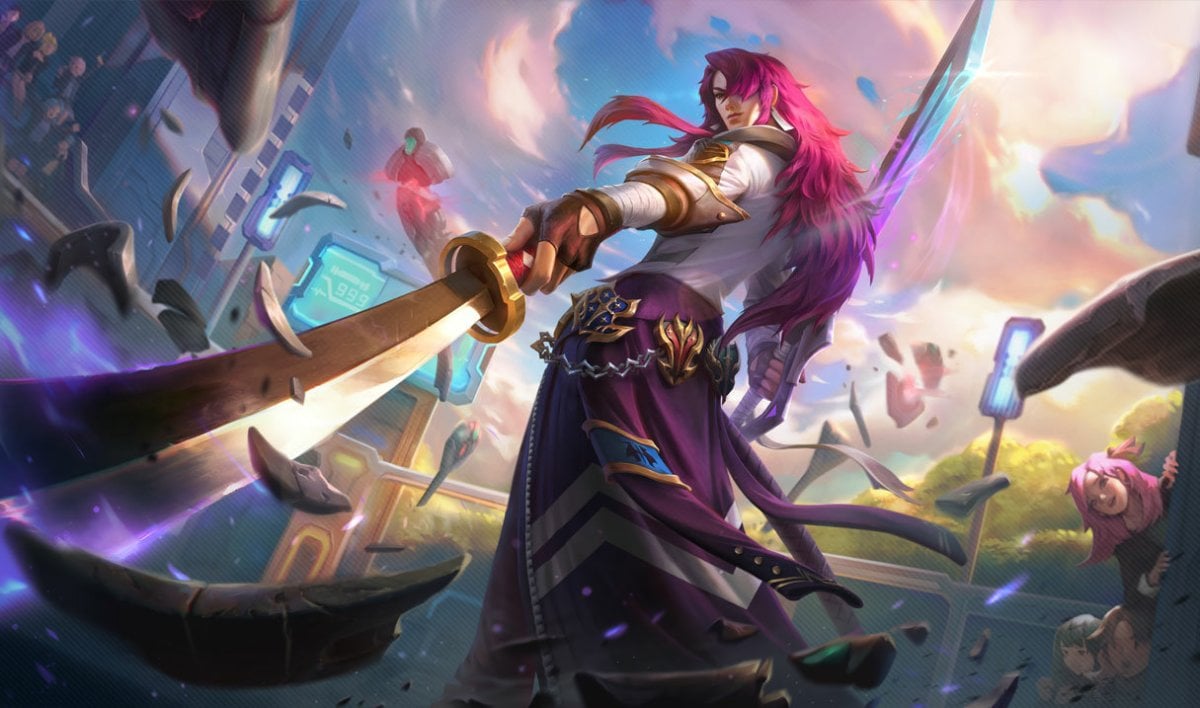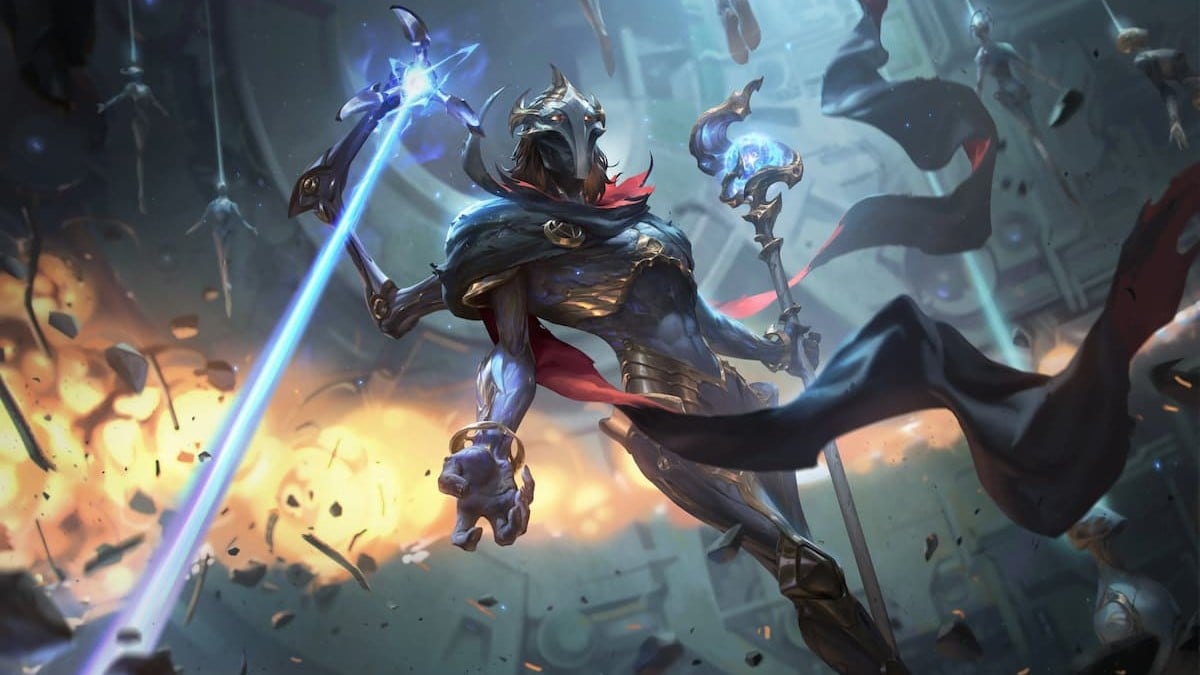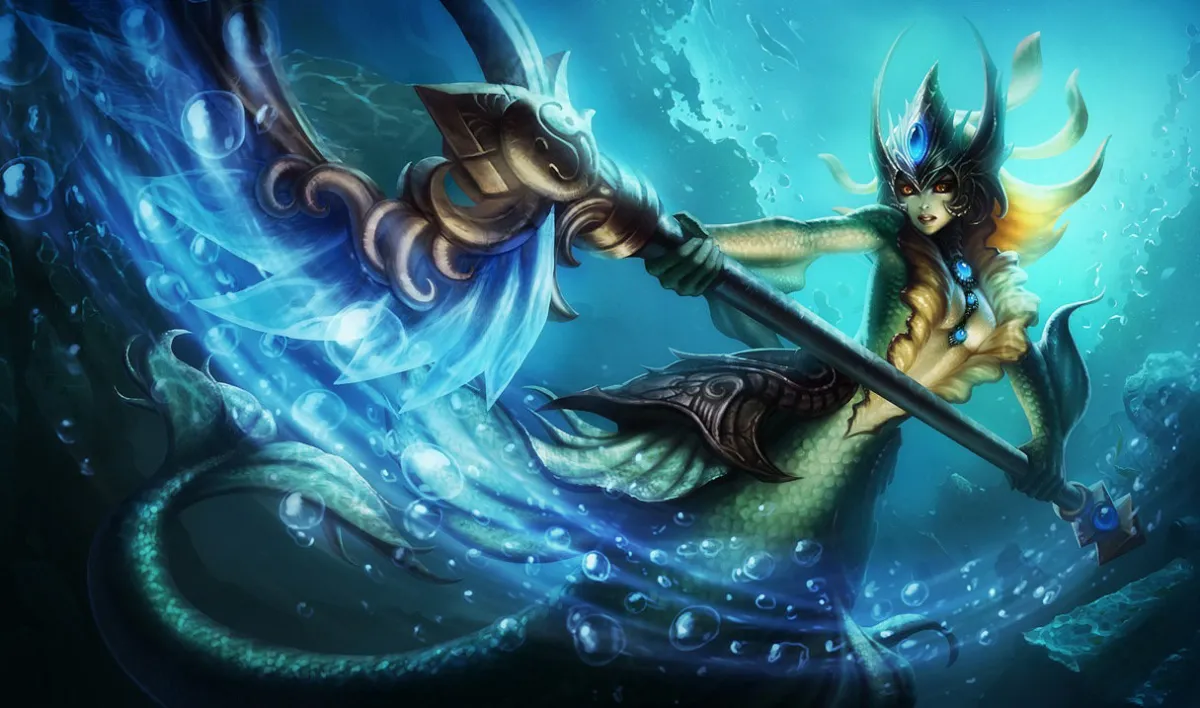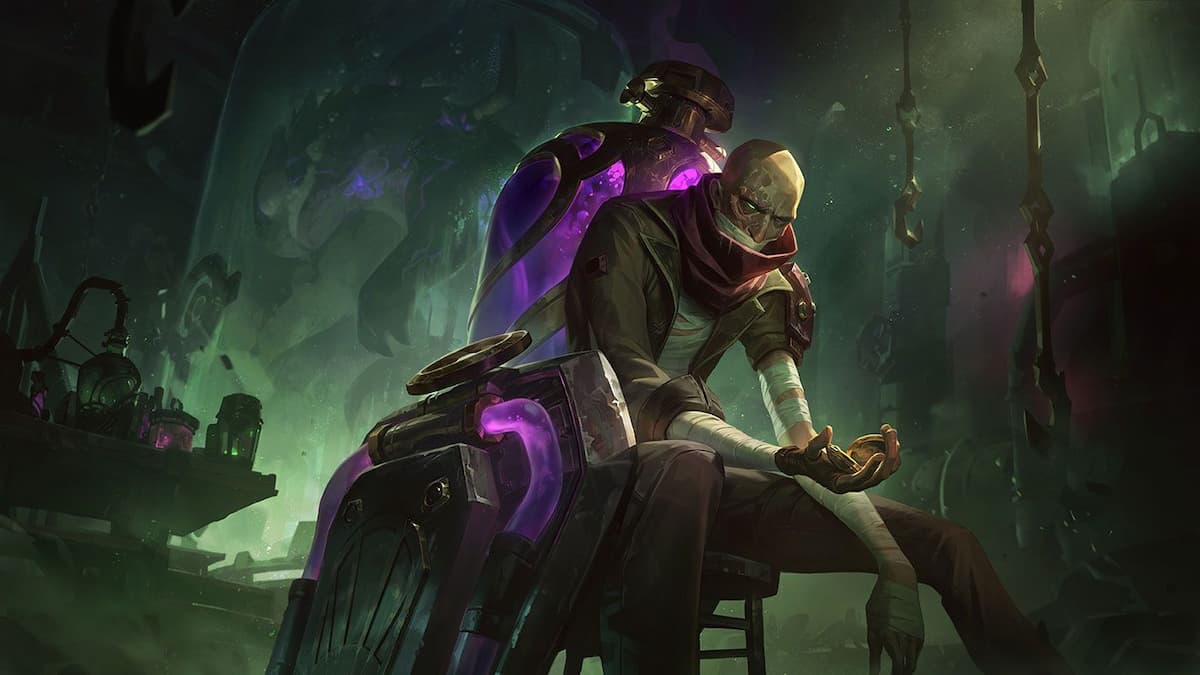Jungle proximity, commonly abbreviated to “JP,” is an advanced stat in League of Legends. Jungle proximity is used to calculate the relationship between a jungler and their laners.
In short, jungle proximity is a stat that tracks how much time a jungler spends near a specific laner. Junglers aren’t the ones that earn jungle proximity, however. The laners that receive attention from their junglers earn that stat instead. For example, if a jungler spends ten percent of their time near the top lane, then the top laner earned a jungle proximity score of 10.0 for that game.
A higher Jungle Proximity score for a player translates to a stronger amount of attention from their jungler. If a player has a high JP score, they most likely received more than their fair share of ganks, in addition to assistance in pushing their lane from the jungler. If a laner’s JP score is lower, they probably spent most of their time on their own, pushing and farming their lane by themselves.
In competitive League matches, jungle proximity is often expanded into a stat known as Jungle Proximity Difference. This statistic, abbreviated to “JPD,” calculates the difference in Jungle Proximity between two opponents of the same lane.
For example, if the red team’s mid laner has a jungle proximity score of 10, and the blue team’s mid laner has a jungle proximity score of 5, then the red team’s player would have a JPD of 5, while the blue team’s player would have a JPD of -5.
When watching professional League matches, keep an eye out for players who tend to receive attention from their junglers. In pro games, a JP score is considered “high” at around 12 or 13, while a “low” JP score averages out around 7 or 8. Jungle proximity is only calculated between the third and fifteenth minutes of each game. Once players start to teamfight and grouping with their teammates becomes unavoidable, jungle proximity is no longer a relevant stat.
Just because a player earns less attention from their jungler doesn’t necessarily mean they’re having a weak or strong performance. Jungle proximity can be a deceiving stat that isn’t often indicative of a player’s skill level, just how dependent they are on their jungler.







Published: Sep 18, 2021 09:39 am